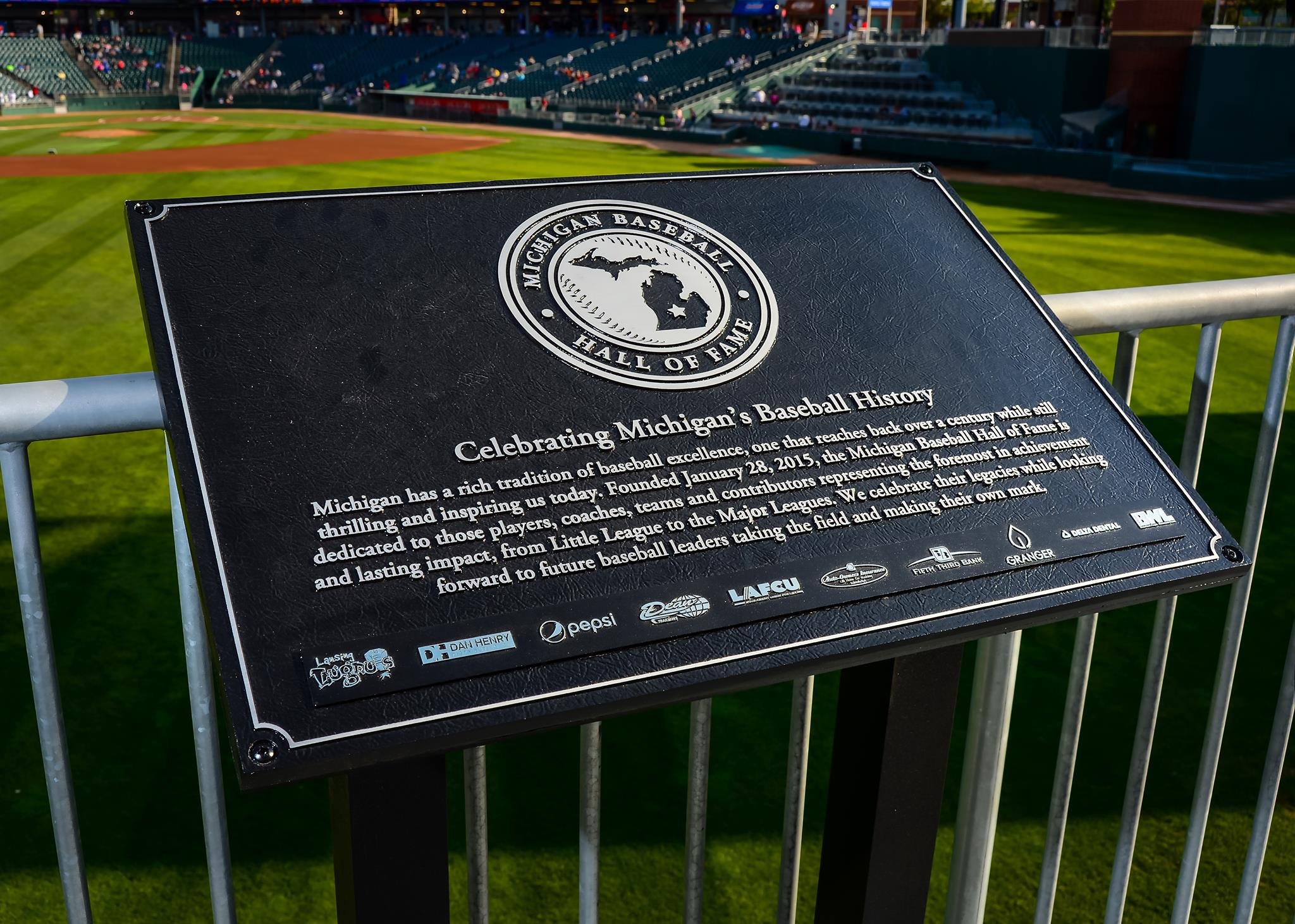
Page Fence Giants
MBHOF Class of 2021
Based out of Adrian, Michigan
Baseball Team
The legendary John W. Jackson, born in Cooperstown, New York, and more familiarly known as Bud Fowler, had a proposal in 1894. He would sign the finest Black baseball players for a new team he was founding; he just needed a new home city in which to base the team. His initial notion was the Findlay’s Colored Western Giants, out of Findley, Ohio, but the city of Adrian and the crowds drawn at Lawrence Park when his team played the Adrian Light Guard had caught his eye.
Former Adrian mayor Len Hoch and brothers Howard and Rolla Taylor jumped at the opportunity. Additionally, Fowler came to an agreement with J. Wallace Page’s Page Fence Company to sponsor the team; no gate receipts needed to be shared, only a team naming arrangement and the opportunity for a Page Fence Company agent to travel to wherever the team played, promoting Page Fence samples at the diamond. Grant “Home Run” Johnson, coming off a 60-homer season in 1894 was named the team captain, while young ace George Wilson was brought in to anchor the pitchers.
The result was a sensation. From 1895-1898, the Page Fence Giants dominated all teams that opposed them. The Giants won well over 100 games each year and over 87 percent of their games in total during their four dominant years in existence. They did this while traveling about in their own train car, complete with a cook, thus alleviating any concerns about where to stay or what to eat as they rode about through the Midwest and Canada.
Their greatest moments might have come in 1896. Here it was that they first trounced the Chicago Unions, 19-1, thus putting an end to the Unions’ claim as the best team in the West. And here it was, too, that they routed the Cuban X-Giants in a series to determine the best Black baseball team of the era. During their heyday, there was no question: None stood taller than the Page Fence Giants.
“The Page Fence Giants: A History of Black Baseball’s Pioneering Champions” by Mitch Lutzke served as a primary source for this biography.


